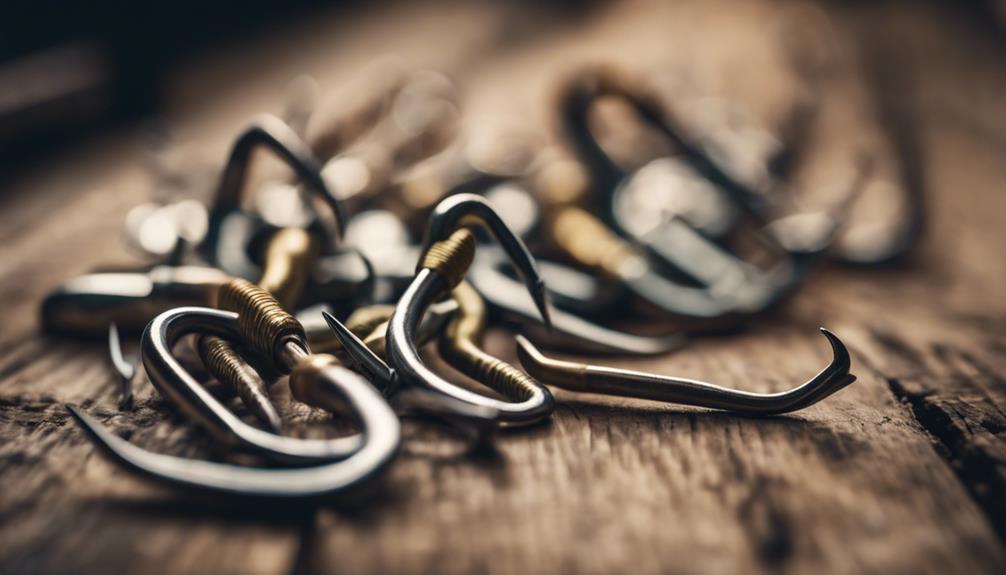Fly fishing is an exhilarating sport that requires both skill and the right equipment to enhance your experience on the water. Whether you are a seasoned angler or a novice looking to dive into this captivating pastime, having the right fly fishing supplies is essential. In this comprehensive guide, we will explore the various types of fly fishing supplies available, their importance, and how they can elevate your fishing adventures.
Understanding the Basics of Fly Fishing Supplies
Before embarking on your fly fishing journey, it’s crucial to understand the fundamental supplies you’ll need. The primary components of fly fishing supplies include the fly rod, reel, line, flies, and a selection of accessories. Each item plays a vital role in ensuring that you can successfully cast your line and catch fish. A fly rod is typically lightweight and flexible, allowing for precise casting. The reel serves as the mechanism to retrieve line and control the fish once hooked. Selecting the right line is equally important; it must match the weight of your rod and the type of fishing you plan to do. Finally, the flies, which mimic the insects that fish feed on, come in various patterns and sizes, making it essential to choose those that match local conditions.
Choosing the Right Fly Rod and Reel
When selecting your fly rod and reel, consider factors such as length, weight, and action. Rods typically range from 7 to 10 feet in length, with shorter rods offering more control in tight spaces, while longer rods provide greater casting distance. The weight of the rod should correspond to the types of fish you plan to catch; lighter rods are suitable for smaller species, while heavier rods are necessary for larger fish. The reel should balance well with your rod and hold sufficient line capacity for the species you’re targeting. Investing in quality fly rod and reel combinations can significantly impact your performance, making it one of the most important aspects of your fly fishing supplies.
Essential Fly Fishing Lines: Types and Considerations
Fly fishing lines come in various types, each designed for specific techniques and conditions. The most common types include floating, sinking, and sink-tip lines. Floating lines are versatile and work well for dry flies, while sinking lines are ideal for deep-water fishing, allowing you to target fish at various depths. Sink-tip lines combine the benefits of both, featuring a floating line with a sinking tip. When selecting a line, consider factors such as the water conditions, the target species, and the type of fly you plan to use. Matching your line with the rod weight is also crucial for effective casting and performance.
The Importance of Quality Flies in Your Fly Fishing Supplies
The selection of flies is one of the most critical components of your fly fishing supplies. Flies come in two primary categories: dry flies and wet flies. Dry flies float on the water’s surface, mimicking insects, while wet flies sink below the surface to imitate aquatic creatures. It’s essential to have a variety of flies in your tackle box to adapt to different fishing conditions and target species. Local knowledge can also guide your selection; certain flies are more effective during specific seasons or in particular locations. Investing in high-quality flies can increase your chances of success, making them a vital part of your overall fly fishing supplies.
Essential Accessories to Enhance Your Fly Fishing Experience
In addition to the main components of your fly fishing supplies, several accessories can enhance your experience on the water. Items such as tippets, leaders, and floatants play crucial roles in successful fishing. Tippets are the final line section that connects your fly to the leader, while leaders provide the necessary length and strength to cast your fly effectively. Floatants help keep your dry flies buoyant and improve their effectiveness. Other useful accessories include forceps for removing hooks, a fly box to keep your flies organized, and a net for landing fish. Having these additional supplies can make your fishing experience smoother and more enjoyable.
Staying Organized: How to Store Your Fly Fishing Supplies
Organizing your fly fishing supplies is essential for ensuring that you can quickly access everything you need while fishing. A well-organized tackle box or fishing vest can save you time and frustration on the water. Use compartments and dividers to separate different types of flies, lines, and accessories. Consider labeling sections for easy identification. Additionally, keeping your gear clean and well-maintained will prolong its lifespan and ensure optimal performance. Regularly check your supplies for wear and tear, and replace any damaged items to ensure your next fishing trip is successful.
Understanding Local Fishing Regulations and Conservation Practices
As you prepare for your fly fishing adventure, it’s vital to be aware of local fishing regulations and conservation practices. Different regions may have specific rules regarding fishing seasons, catch limits, and designated fishing areas. Familiarizing yourself with these regulations helps protect fish populations and maintain a healthy ecosystem. Additionally, practicing catch-and-release techniques can contribute to conservation efforts. Ensuring that you adhere to local guidelines not only benefits the environment but also enhances the experience for future anglers.
Conclusion: Gear Up for Your Fly Fishing Adventure
In conclusion, having the right fly fishing supplies is essential for a successful and enjoyable fishing experience. Understanding the various components, from rods and reels to flies and accessories, can help you make informed decisions when selecting your gear. By staying organized and aware of local regulations, you can enhance your fly fishing adventures while contributing to conservation efforts. Whether you’re casting in a serene mountain stream or a bustling river, the right fly fishing supplies will undoubtedly enhance your experience, making every trip memorable. So gear up, hit the water, and enjoy the thrill of fly fishing!
